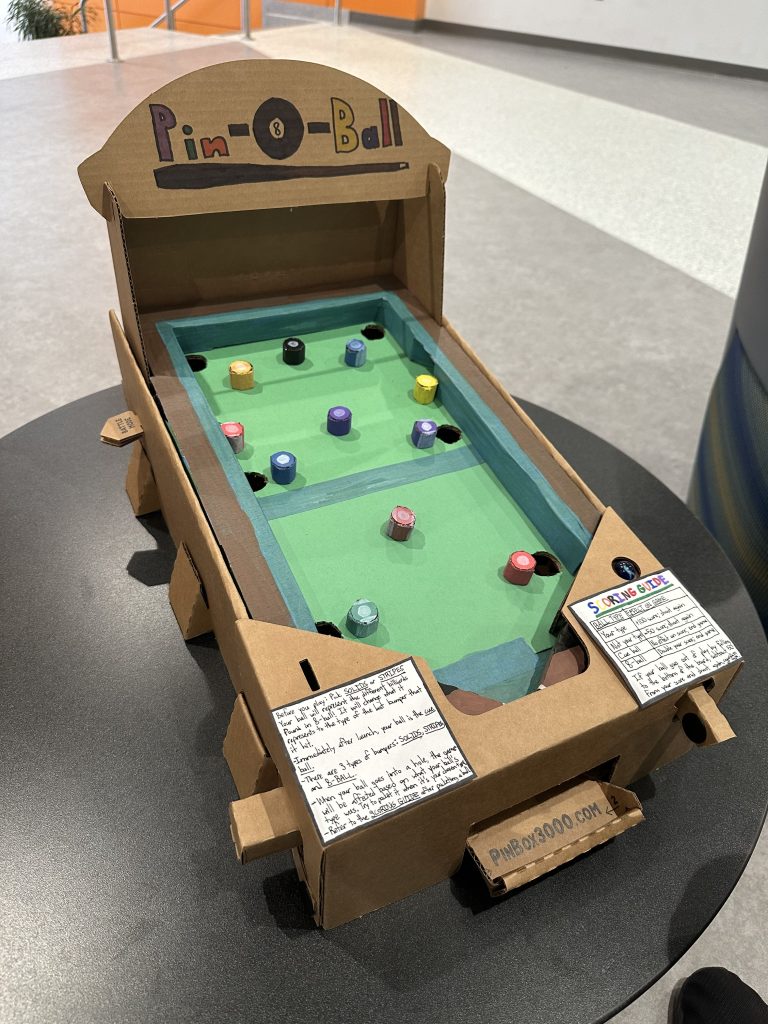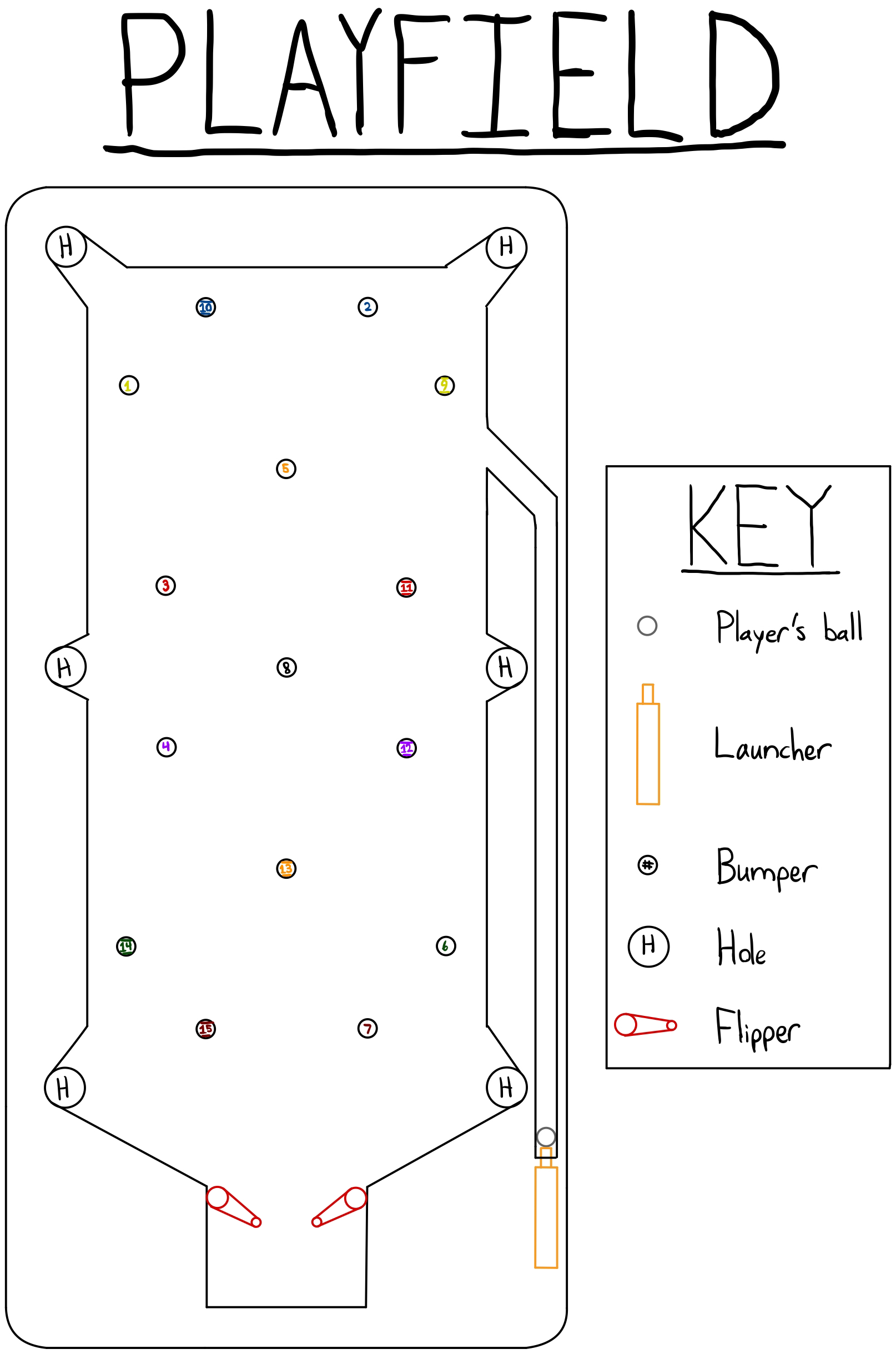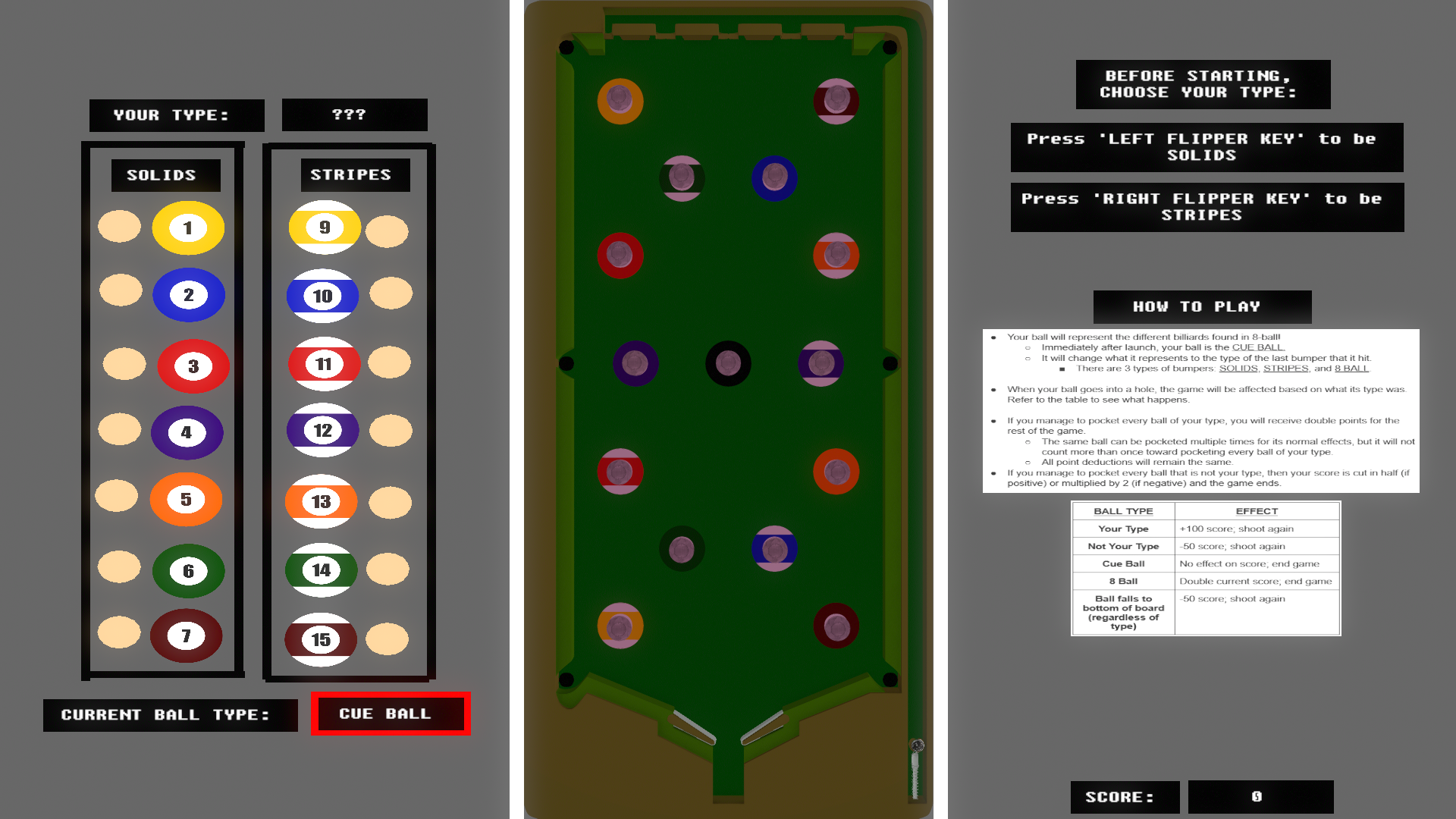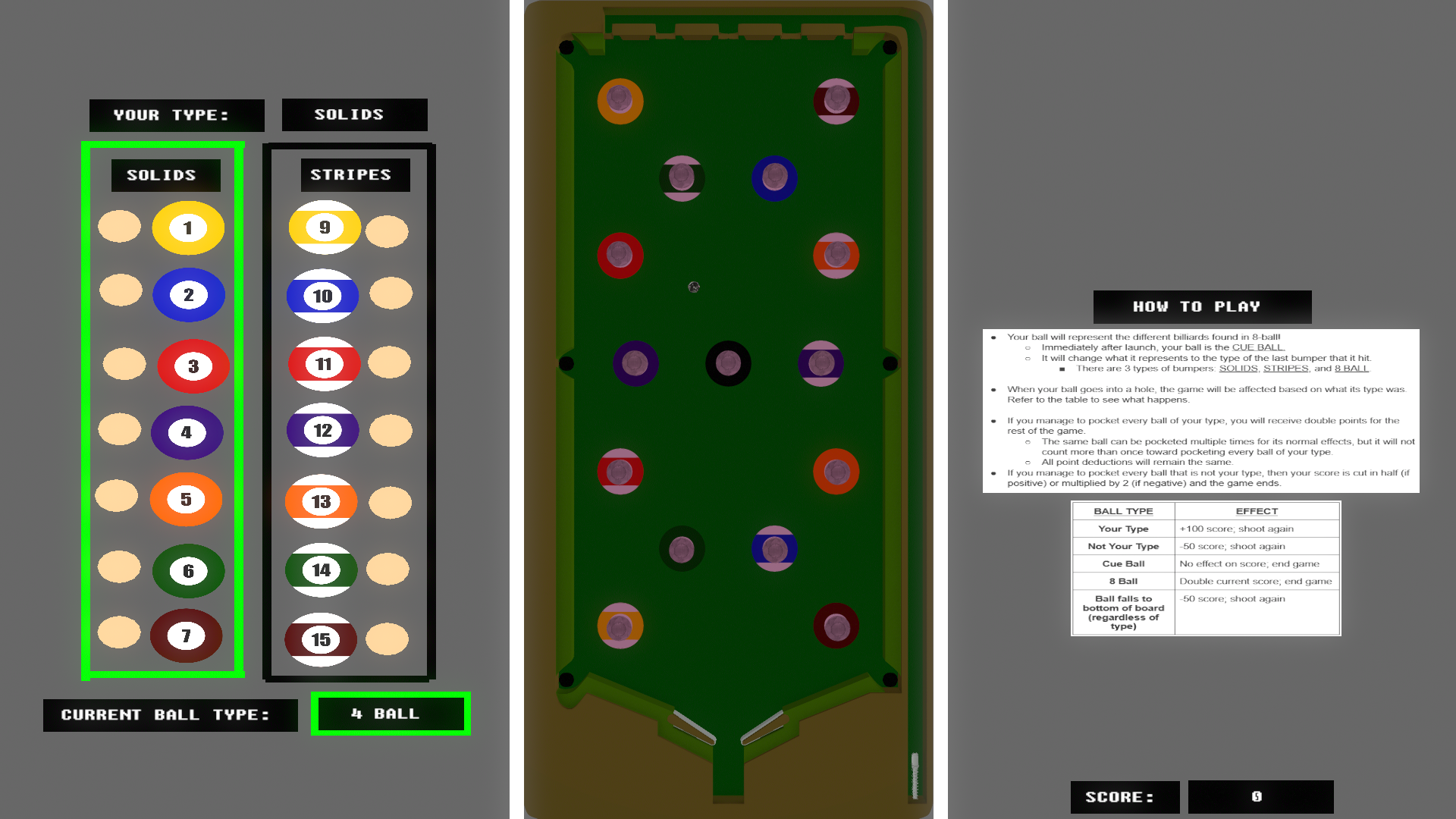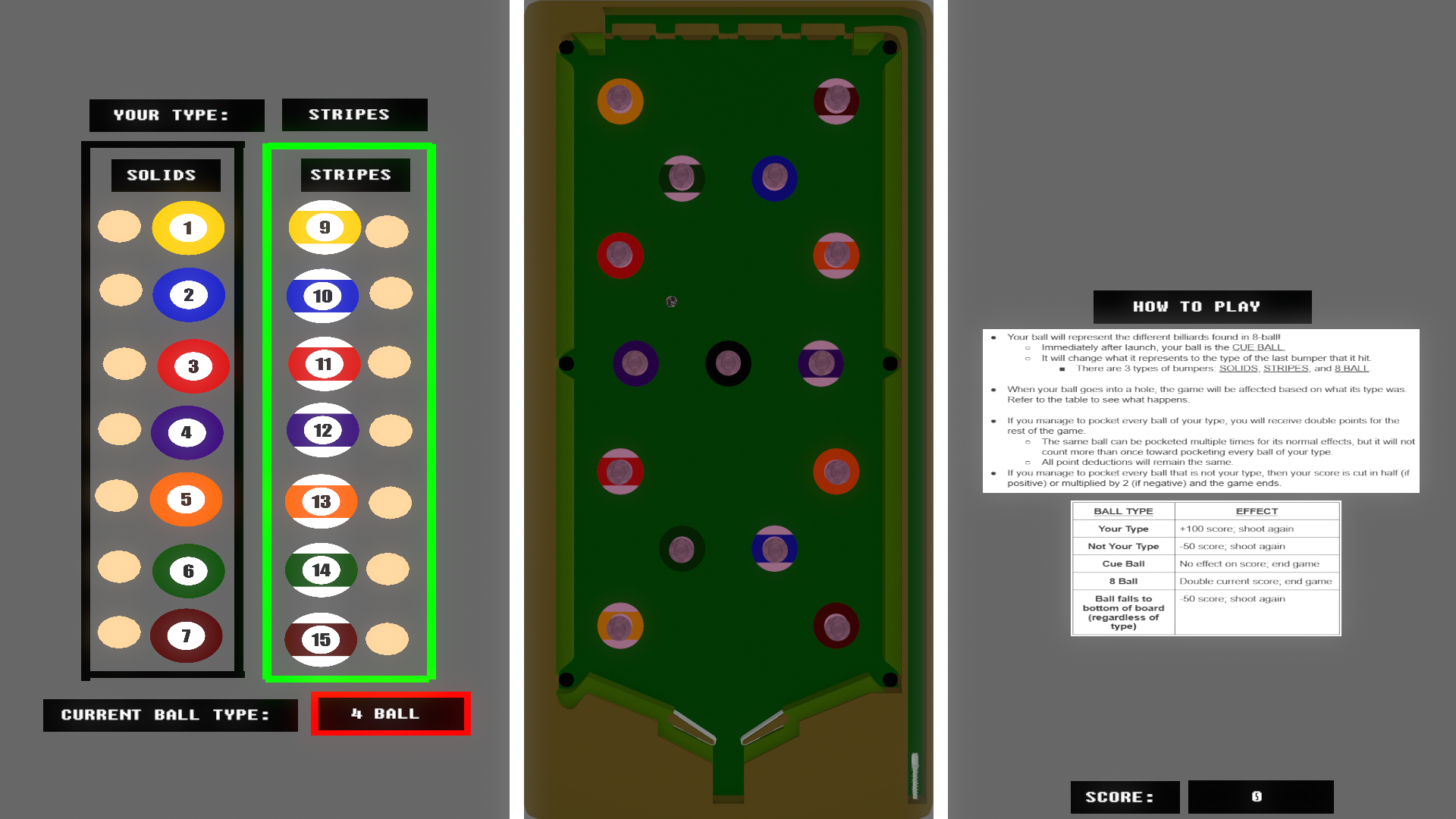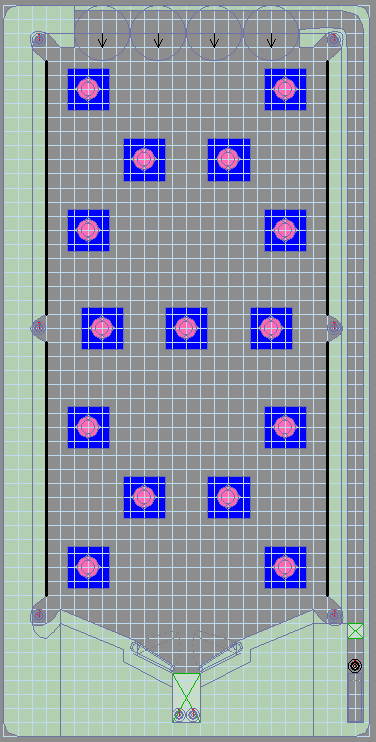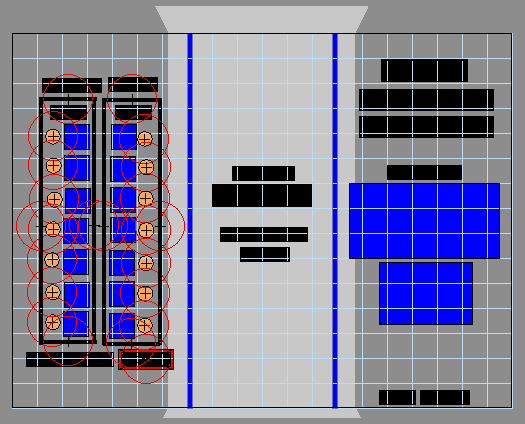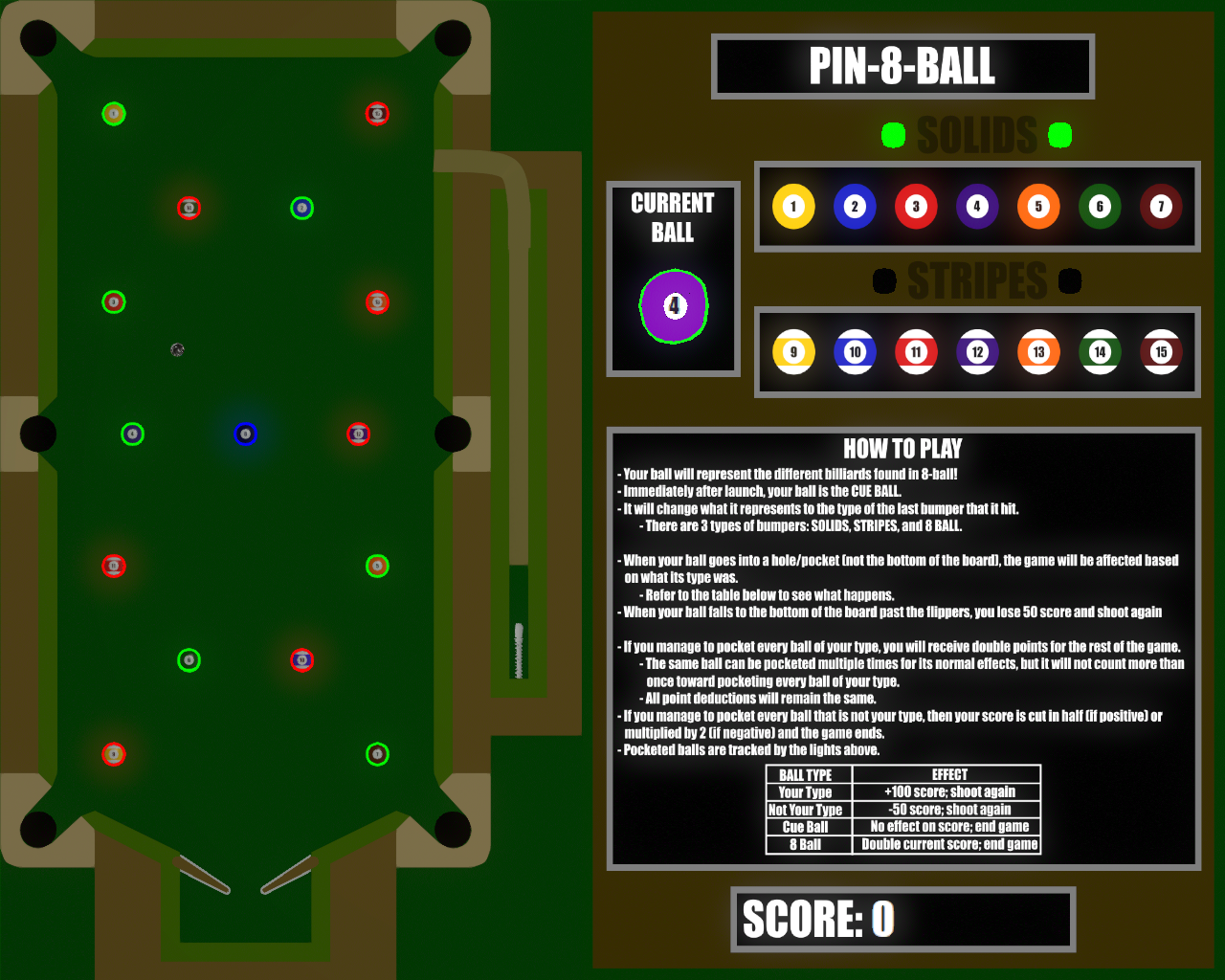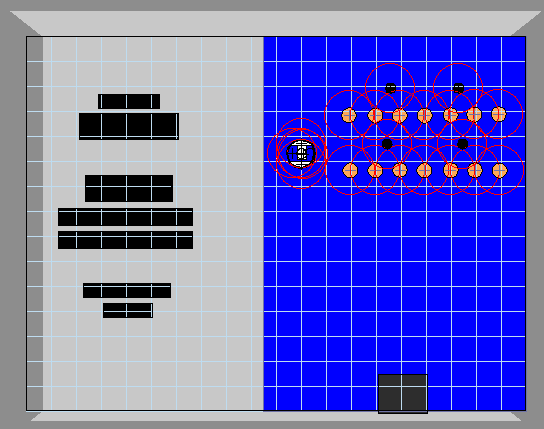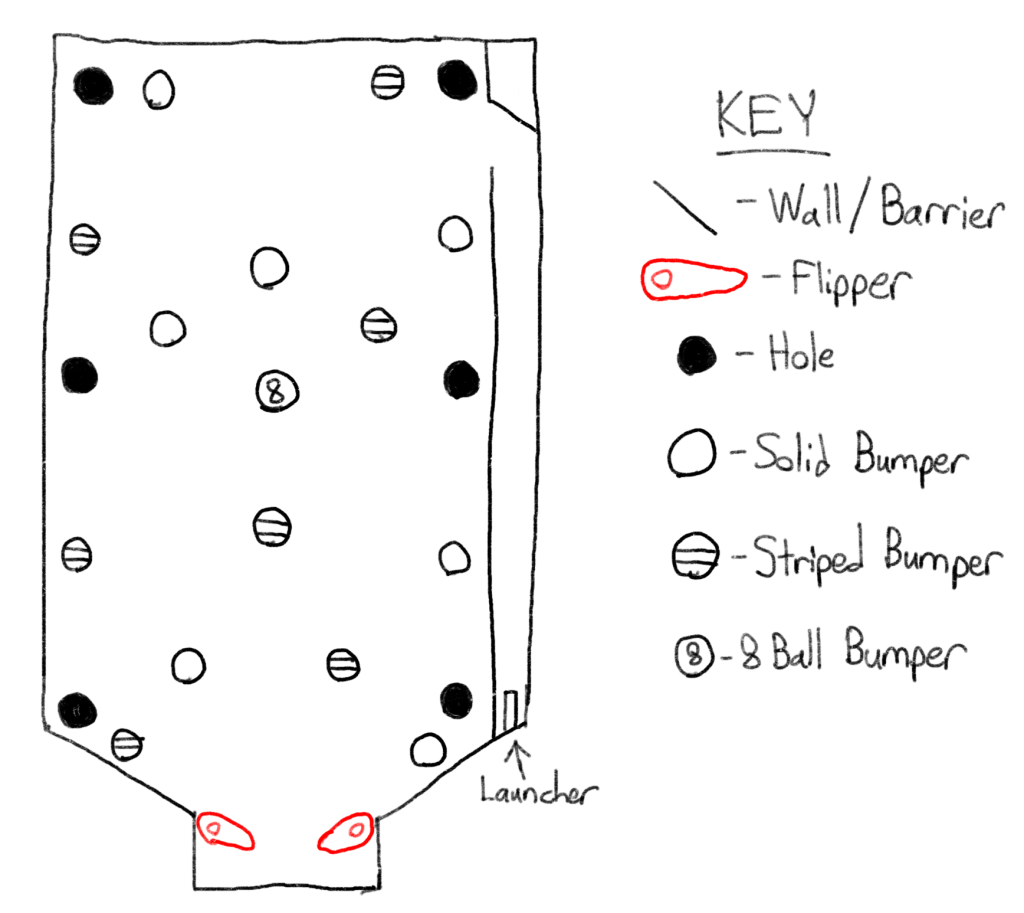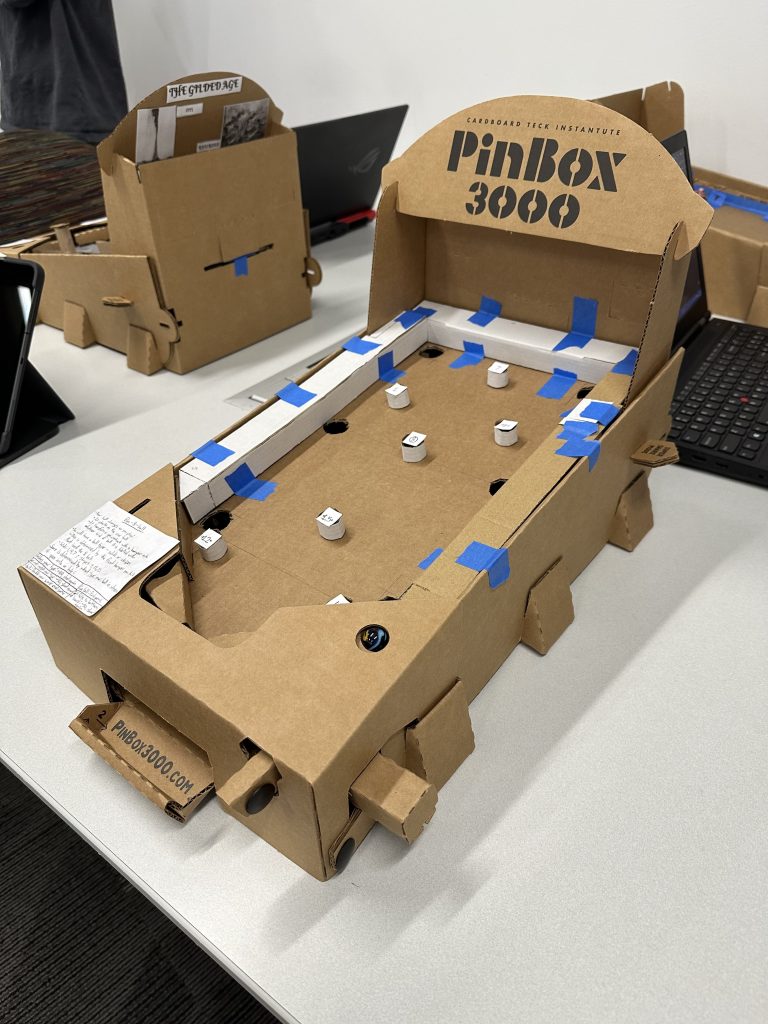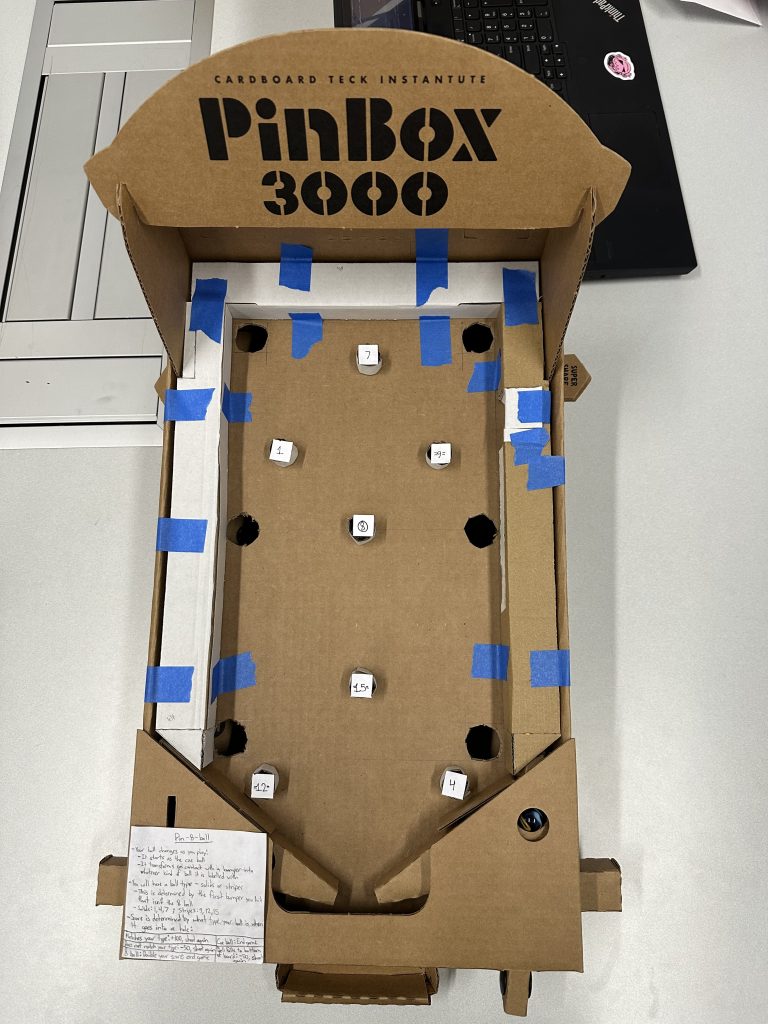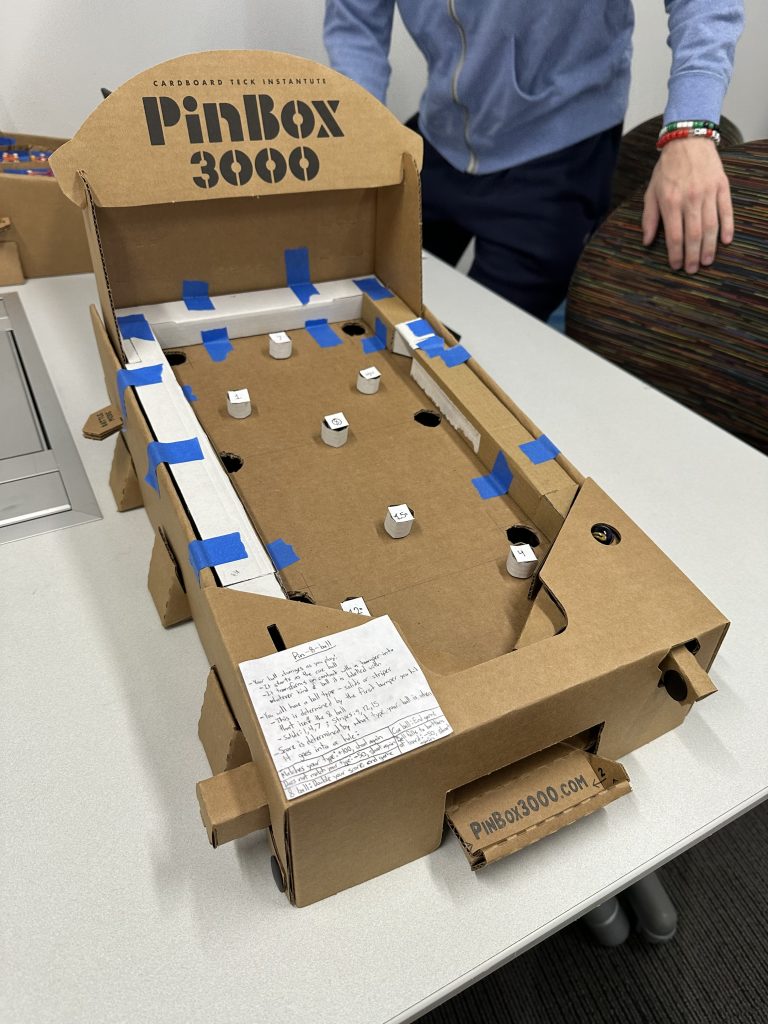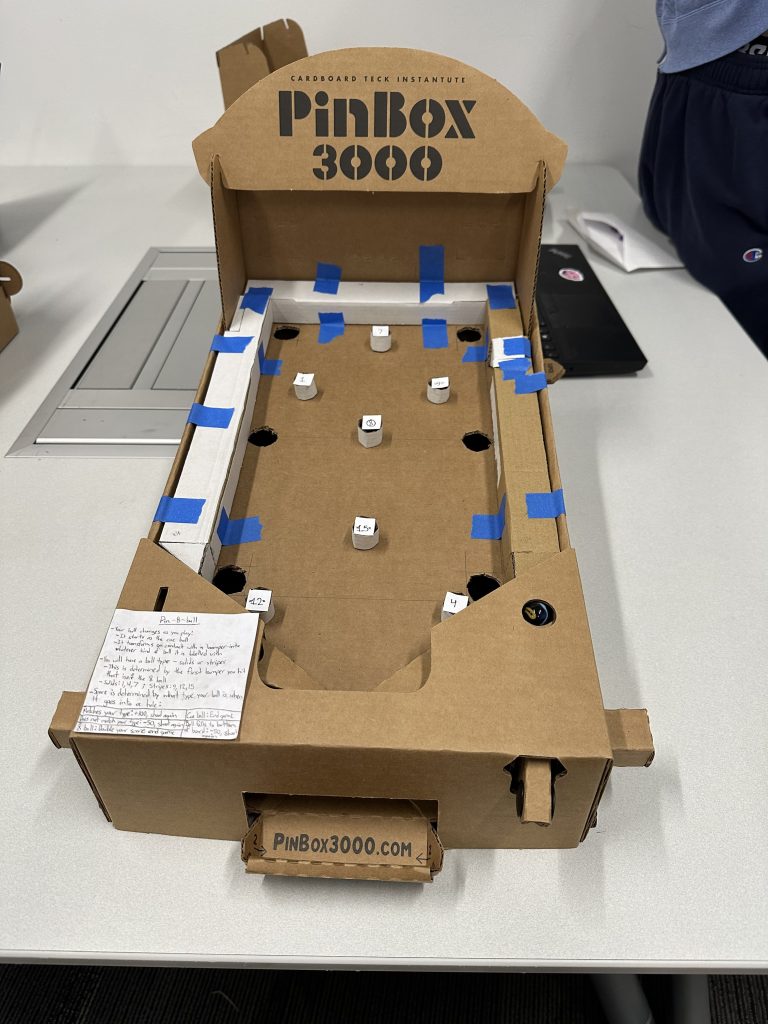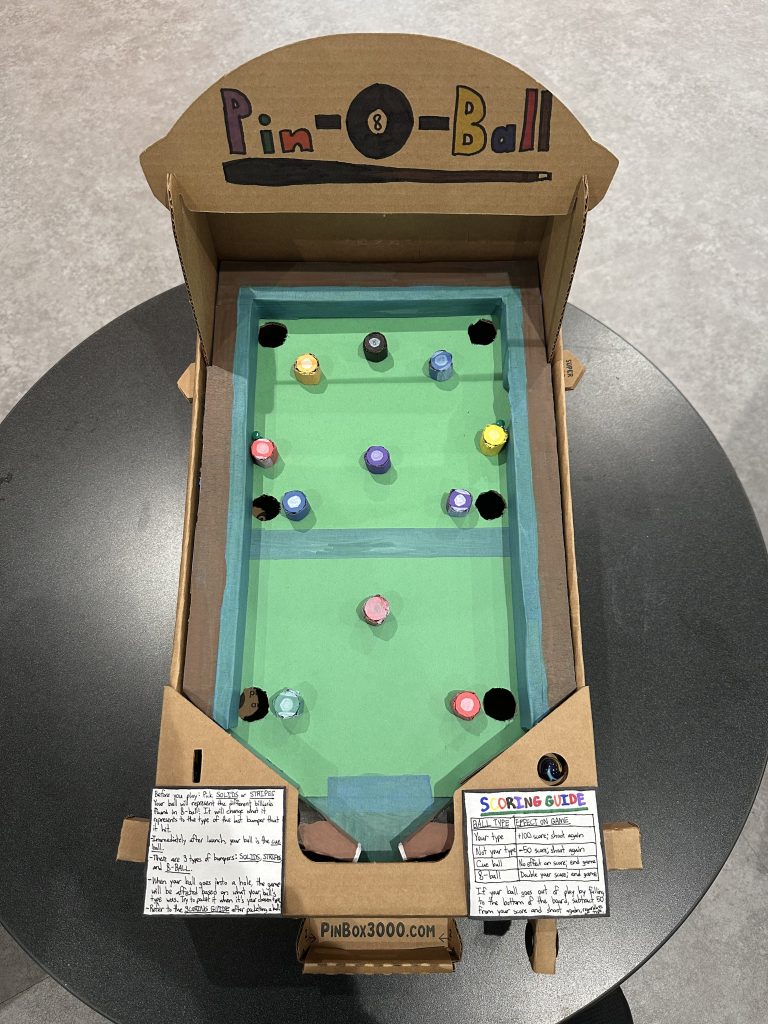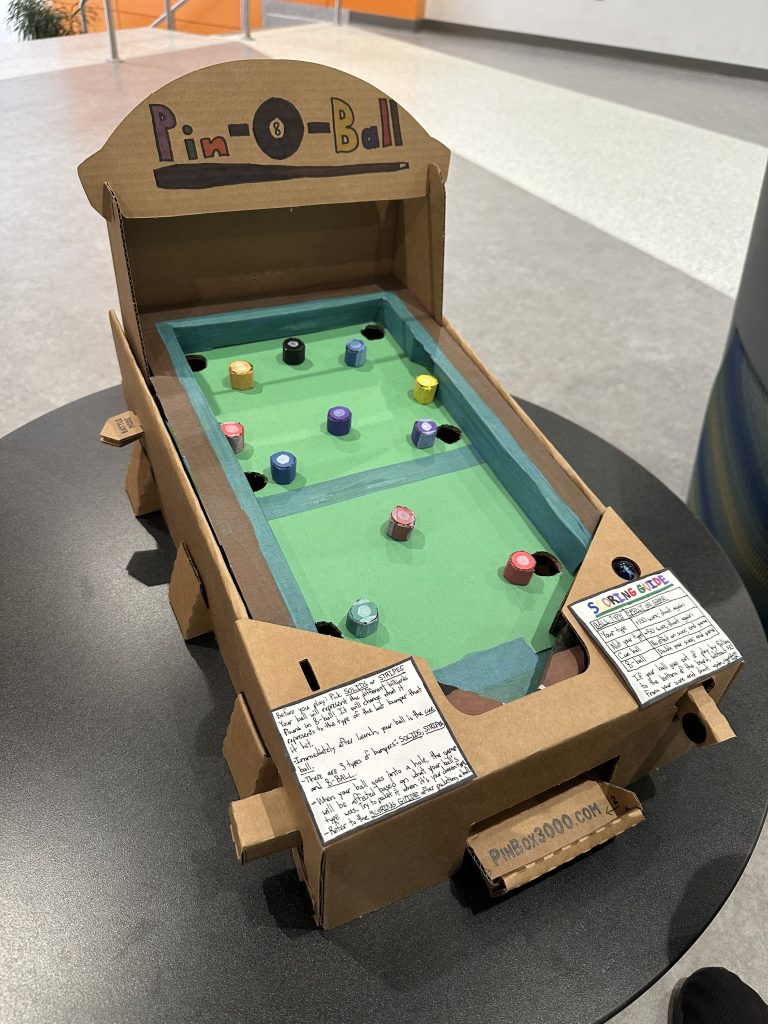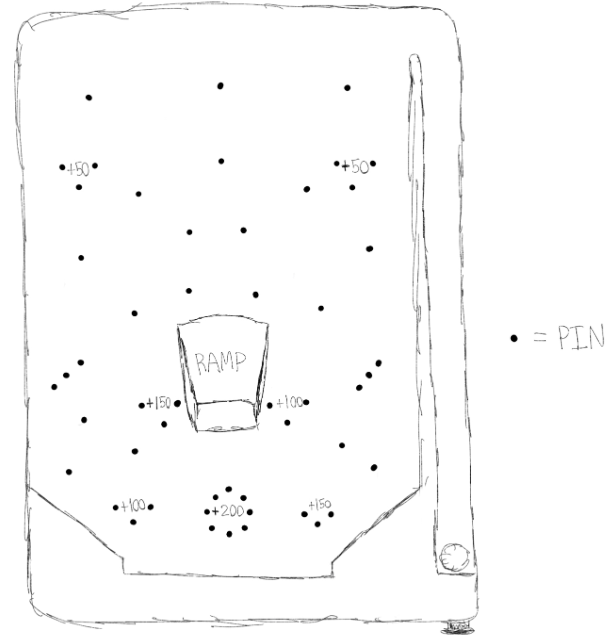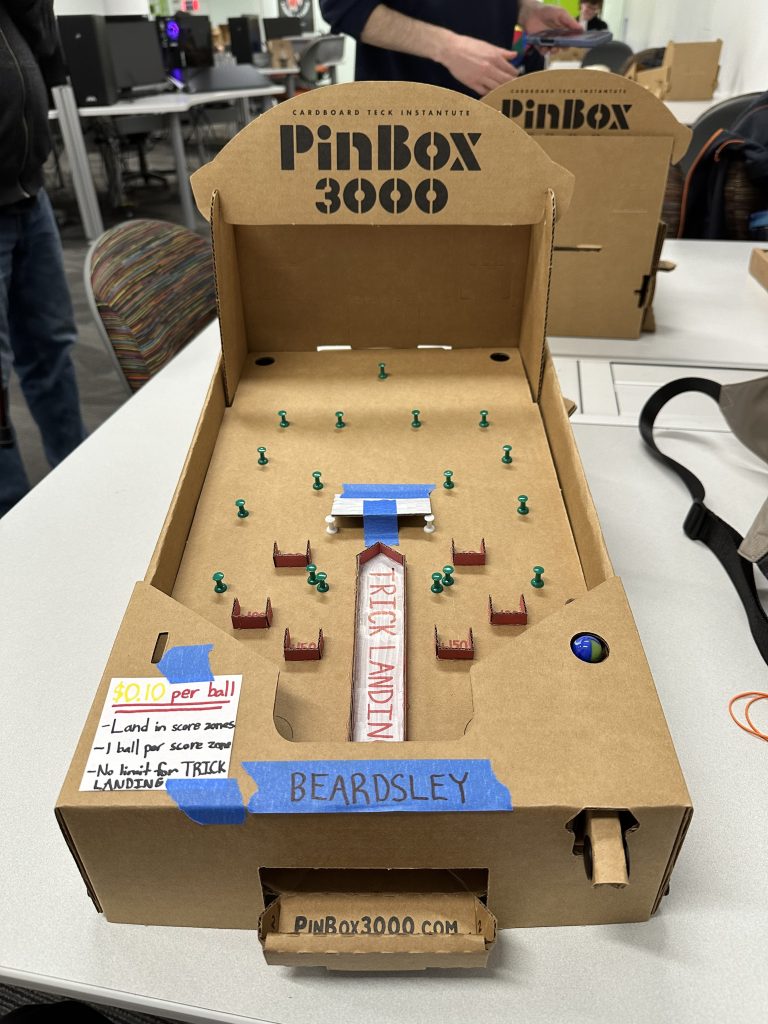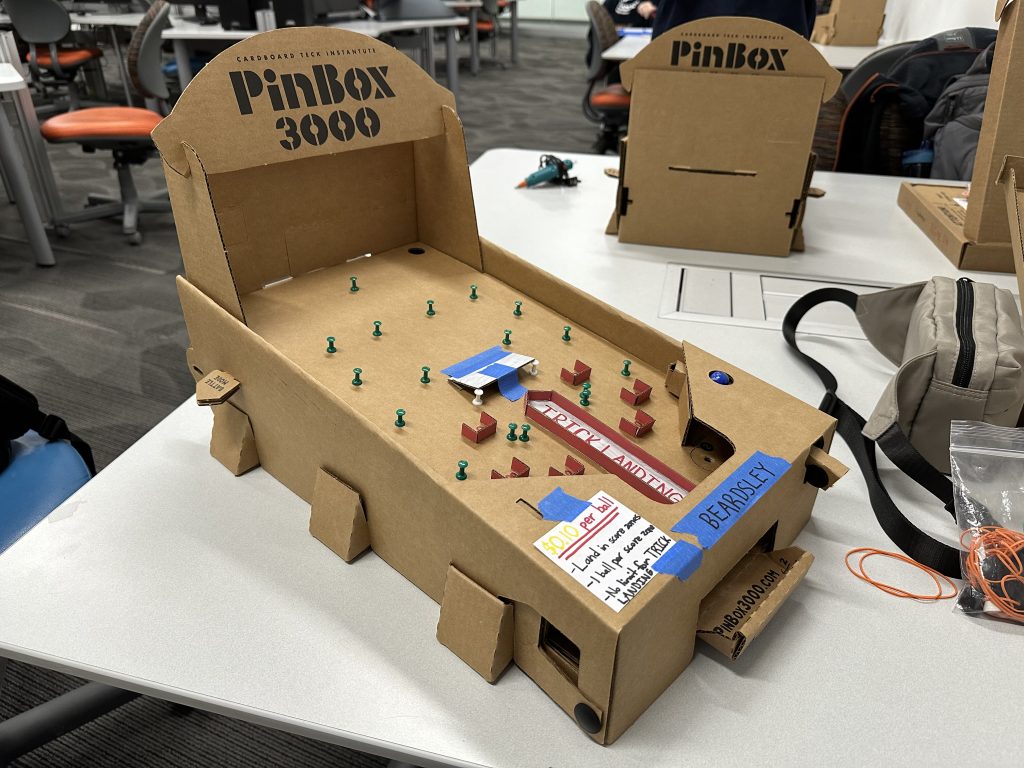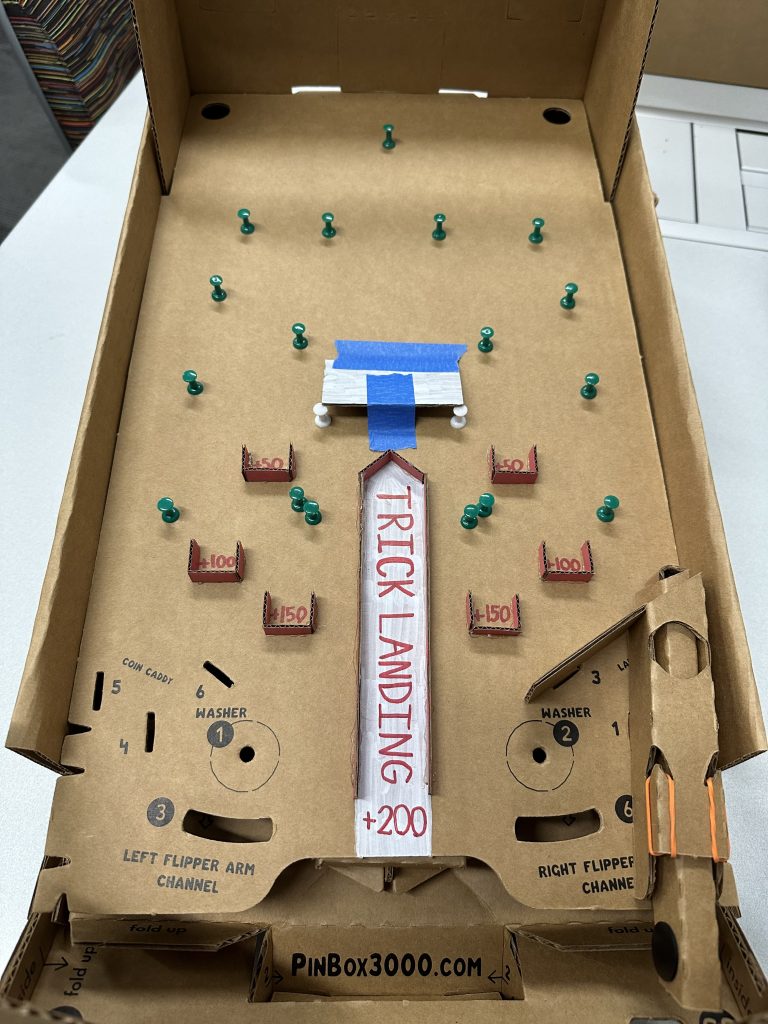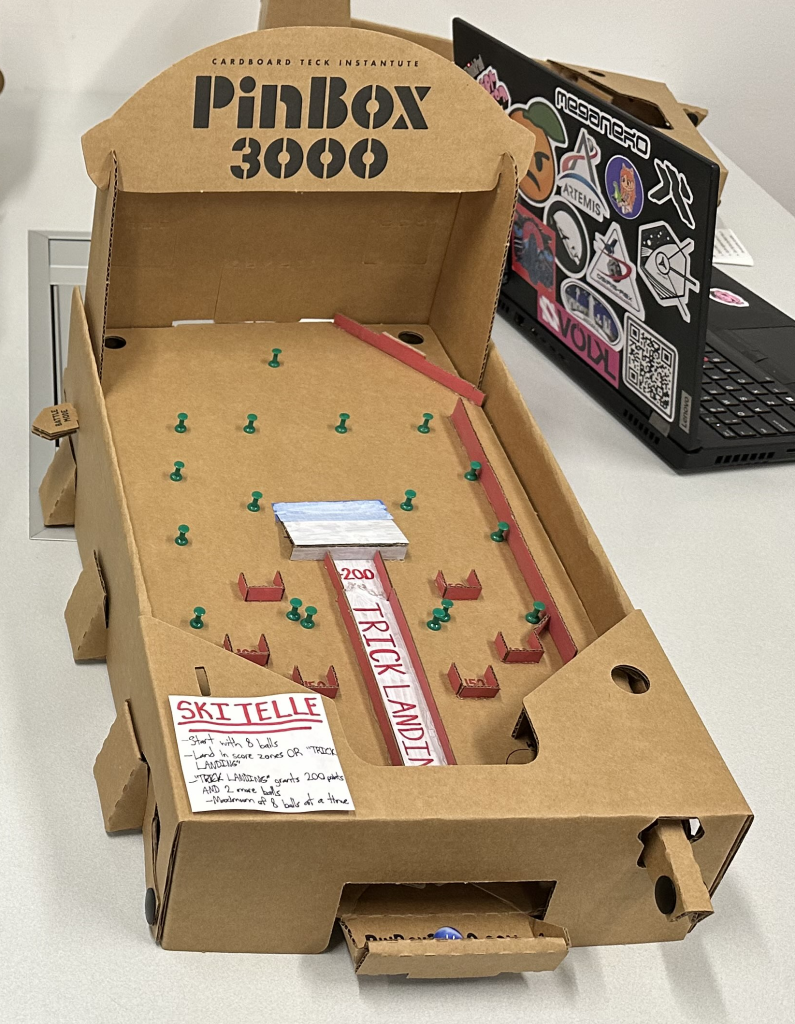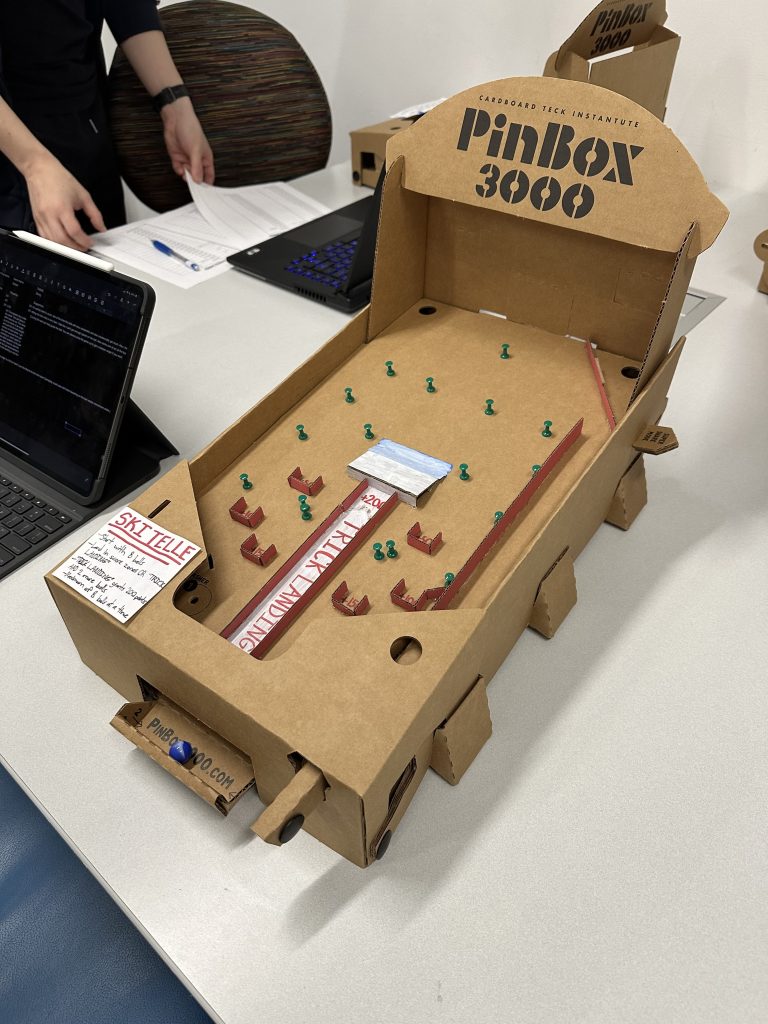Imagine RIT
Imagine RIT: Creativity and Innovation Festival is a highly popular annual event held on the main campus of Rochester Institute of Technology where I, along with my peers, got the chance to show off our pinball games as part of our own exhibit.
I worked the exhibit during the 12:00pm to 1:00pm block, plus a little bit longer alongside a couple of other people. During my time there, I let visitors of the festival play Pin-8-Ball – Visual Pinball X Edition on my laptop.
I learned a lot from this experience at Imagine RIT. Due to circumstances in class that did not allow Pin-8-Ball – Visual Pinball X Edition to receive an adequate amount of playtesting, this was its actual first time being played by other people. Unfortunately, at first, I think a lot of people were naturally scared to touch my laptop, so I didn’t get a lot of players in the beginning of my time at the exhibit. Crowds soon came in, however, and I ended up getting a lot of players.
While watching others play, I observed that the rules were definitely too lengthy and complex to understand right away. I had to do a lot of clarification and explaining to help people out while they played the game. Interestingly, however, I also noticed that children were significantly better at the game than adolescents and adults, including myself. After an initial explanation to them, they seemed to pick the game up rather quickly. There was even one kid who enjoyed it so much that he had to be pried away from it by his parents.
Luckily, because I displayed my virtual game instead of the physical one, there were no repairs to be made. I did make sure to thoroughly sanitize my laptop, however.
Overall, I generally received positive responses in regards to Pin-8-Ball – Visual Pinball X Edition. Those who played it this time around who had also played Pin-8-Ball – PinBox 3000 Edition appreciated the user interface because it kept track of all of the game’s information for them. It was also generally a lot easier to explain and understand in the virtual format than it was in the physical format. They also really liked the graphics and design of the game, all of which I made myself. I ultimately decided that this version of the game was already good enough to bring to The Strong National Museum of Play, so I didn’t make any changes to it. I also left the physical game as is for the same reason.
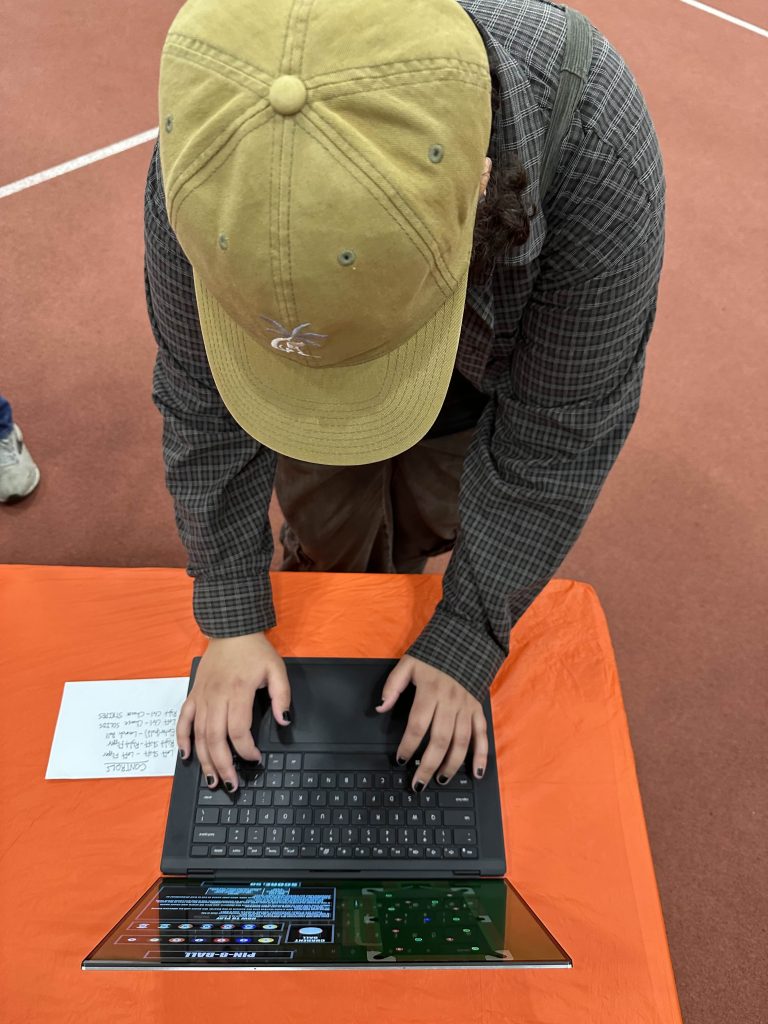
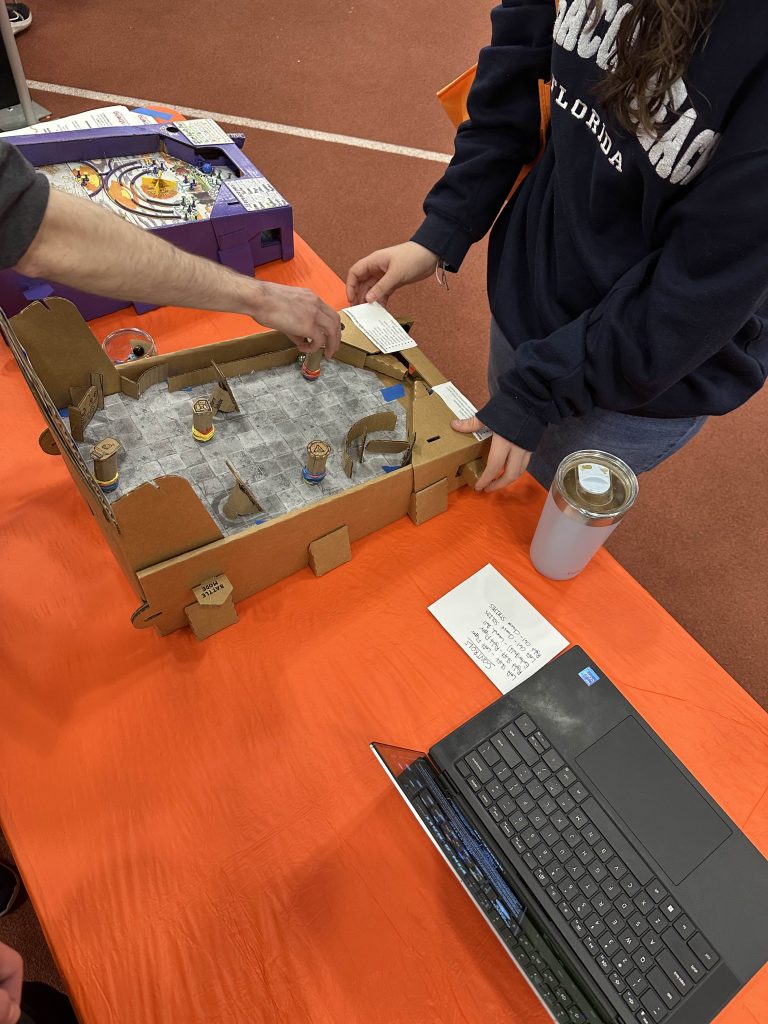
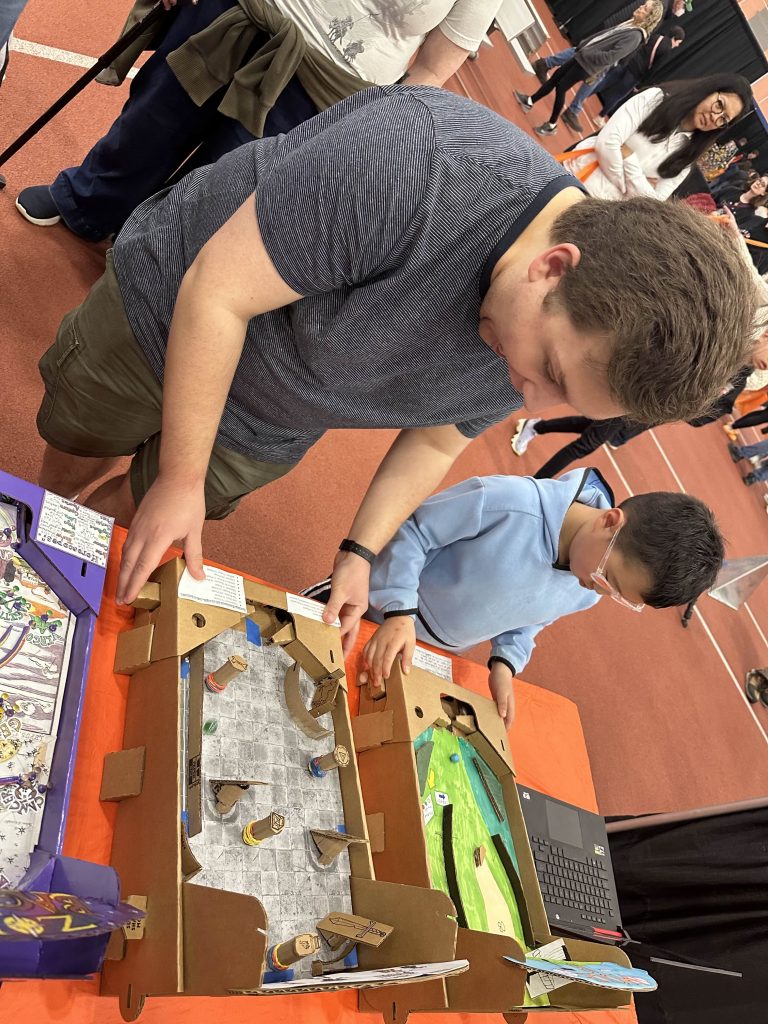
Strong Museum Pinball Day
The World Video Game Hall of Fame Celebration at The Strong National Museum of Play is an event that celebrates video games. In conjunction with the PinBox 3000 Workshop and this event, we, as a class, got the opportunity to show off the pinball games that we’ve been working on all semester. For myself, that meant that I got to display both Pin-8-Ball – PinBox 3000 Edition and Pin-8-Ball – Visual Pinball X Edition.
All of us in the class worked this exhibit from 10:00am to 2:00pm. While here, we got to show off our pinball games and let visitors play them. Additionally, beforehand, we got to meet Ben t. Matchstick, who is one of the cocreators of the PinBox 3000.
Like with Imagine RIT, I learned a lot from being a part of this exhibit at The Strong National Museum of Play. Because we were there for a long time, lots of people got the opportunity to try out both of my games.
Similarly to what I observed during Imagine RIT, players had difficulty understanding the rules of both games at first. I received some comments that indicated that they were too long to bother reading, which is likely what contributed to this. Additionally, some players thought that the game was simply just too hard. This time around, I did not notice a particular difference in skill for the games relative to age, which I was a bit surprised by. Instead, most players, regardless of age, did not perform super well. This indicated to me that they were too hard.
I also learned a lot from Ben and the other workshop leaders. They believed that I had a fun and unique game, however the rules that I had established were far too long to read. This ultimately resulted in a lot of the misunderstandings of the game’s functioning that many, including Ben, had while playing. Looking at the games that they brought along with them, I learned that magnets are a very versatile and interesting feature to include in a PinBox 3000 build. They were utilized with balls that were attracted by them on one machine, and on another they were used to hold obstacles in place while giving them the ability to slightly shift.
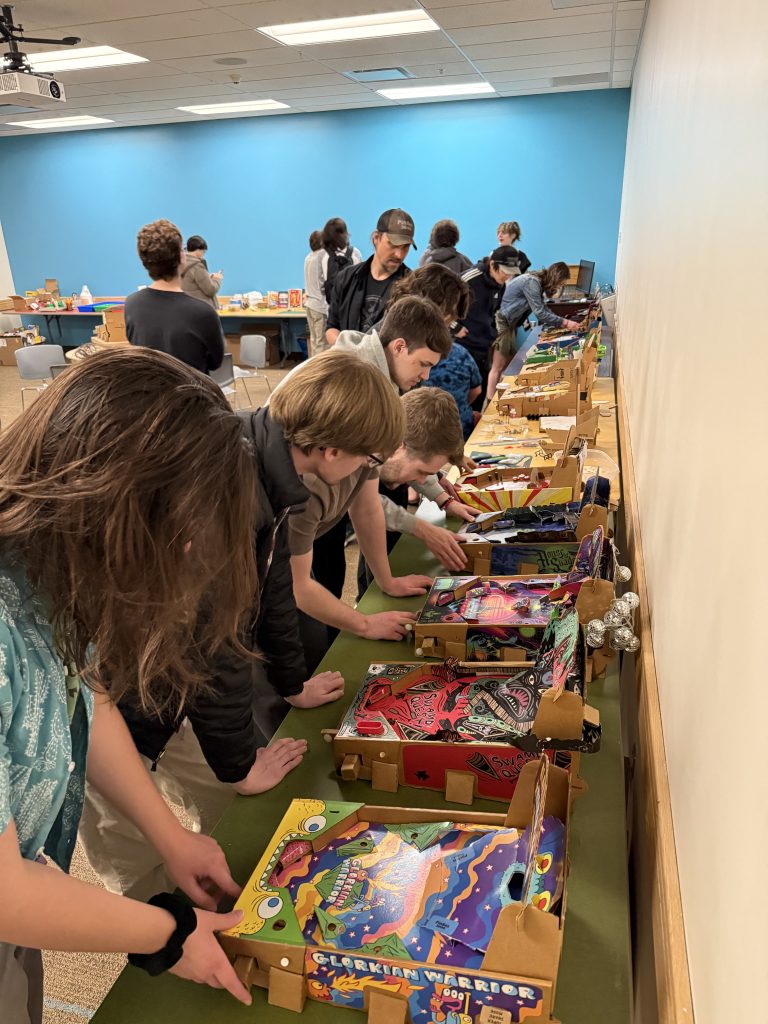
All in all, though, the general reactions to both games were once again positive. Visitors of the museum expressed admiration for the theme of them and they liked the designs that I gave to them. Players certainly picked up on the rules better in the visual version of the game in comparison to the physical one, but I expected that due to the user interface that it features.
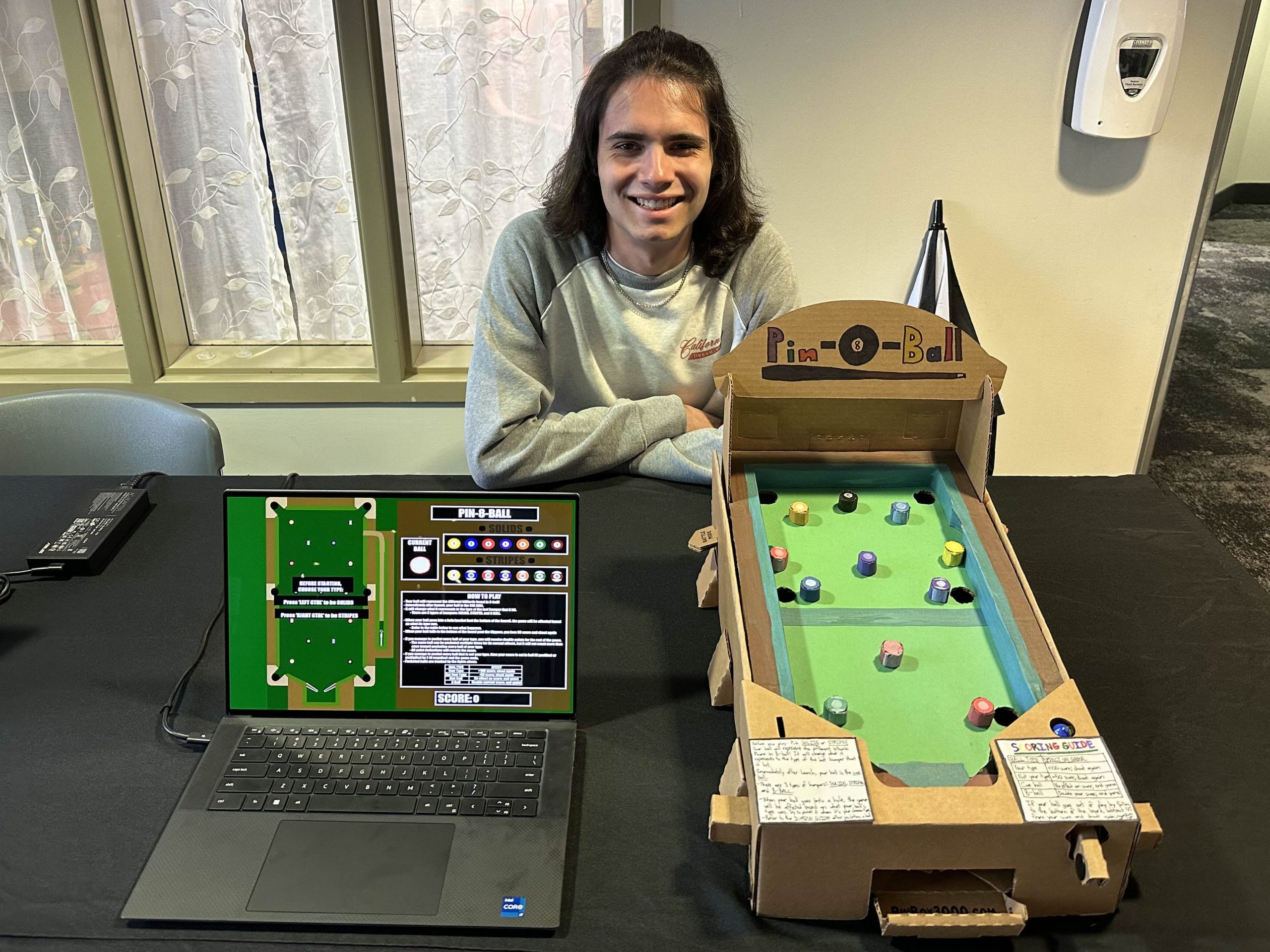

Takeaways From The Class
As someone who walked into this class knowing almost nothing about pinball besides how to play it, it’s hard to say that I haven’t learned a lot this semester. From its extensive history to its many shapes and forms, pinball is so much more influential than I originally thought it was, and it certainly is quite intriguing. I had a lot of fun in this class, and I’m super glad that I took it.
Creating these games has certainly been a fun process, and I can’t believe that History and Design of Pinball is already over!

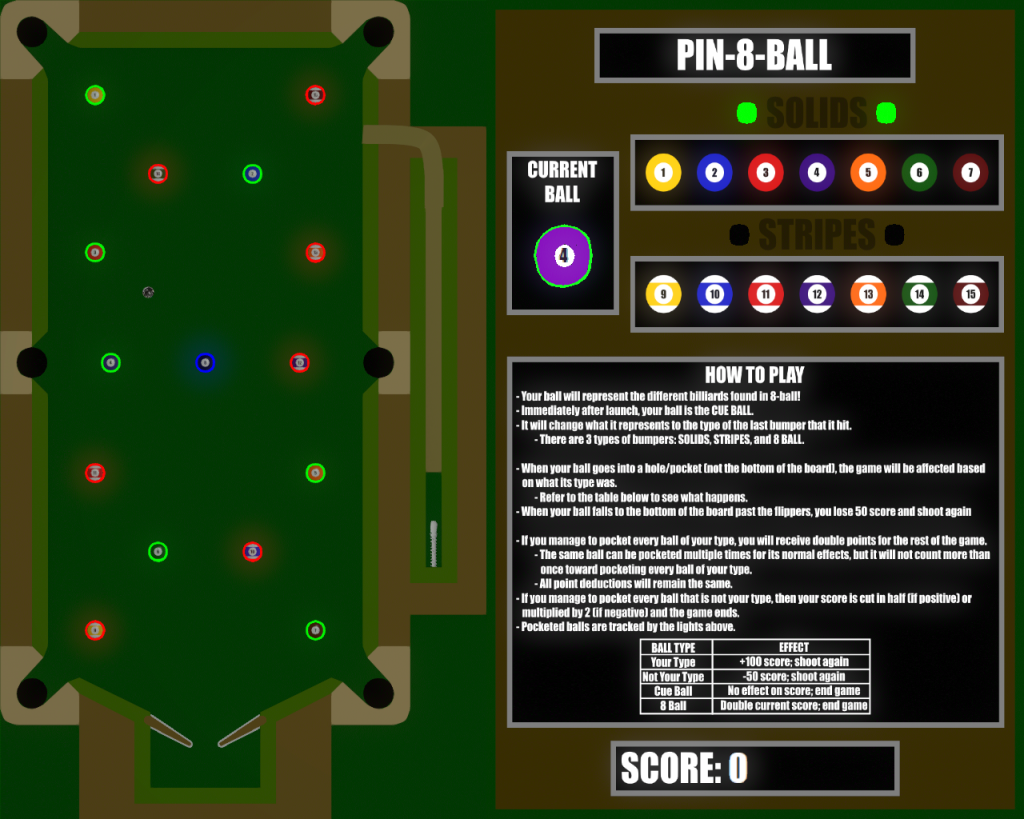
Citations
- Photo taken by Stephen Jacobs
- Photo taken by Stephen Jacobs

